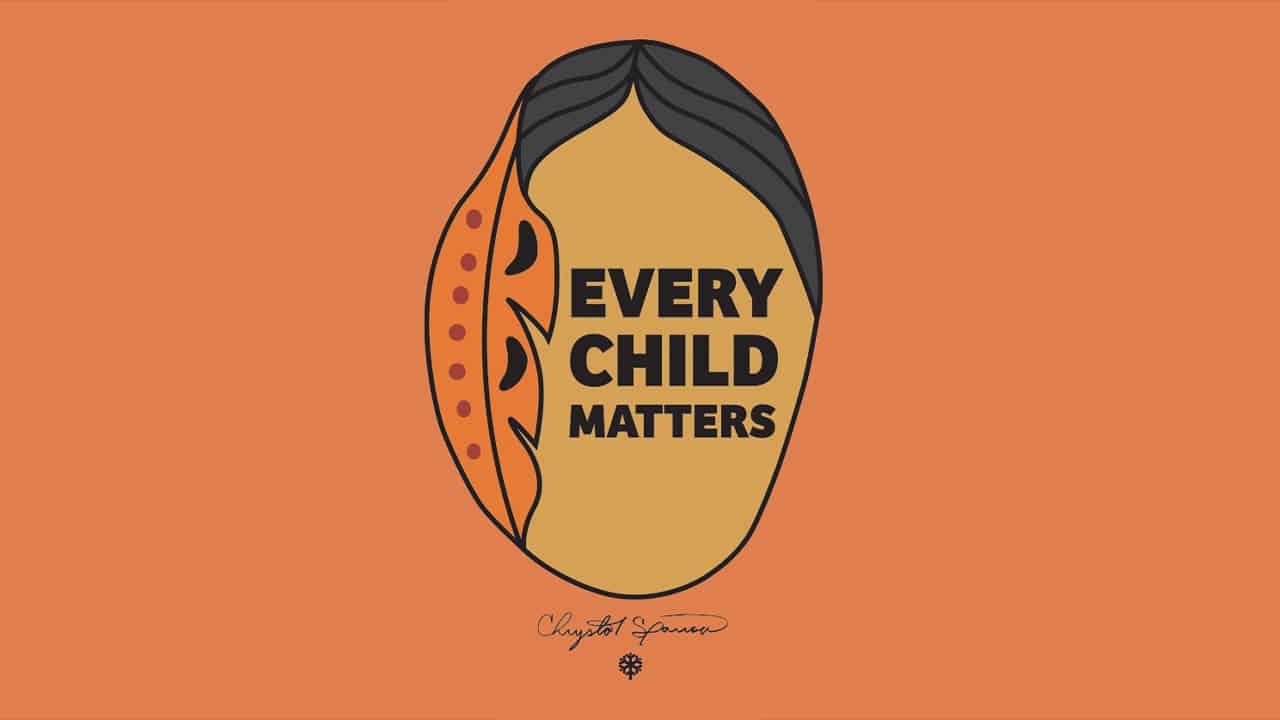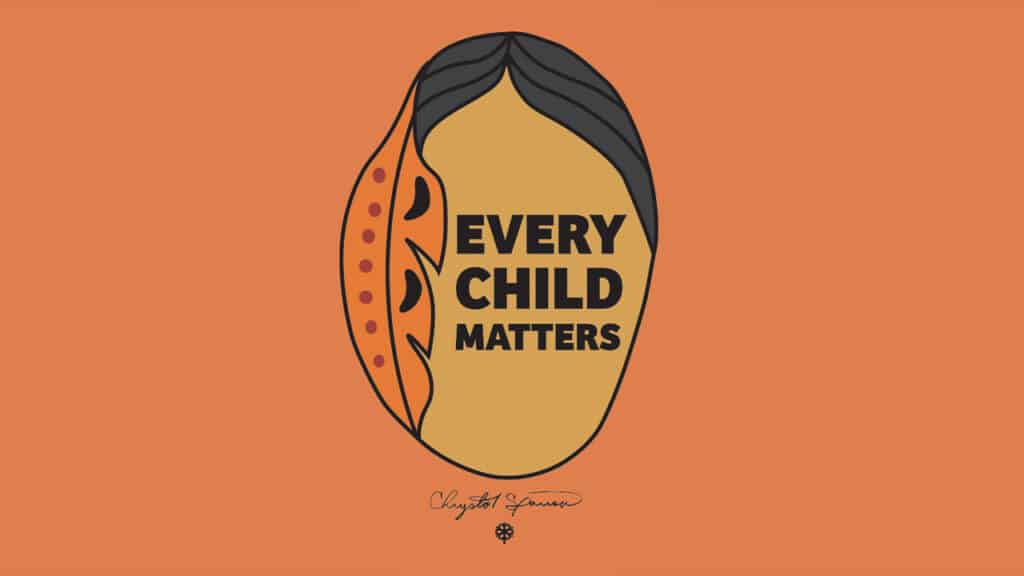
September 30th is Orange Shirt Day (#orangeshirtday) and the National Day of Truth and Reconciliation. The day honours the children who never returned home and survivors of residential schools, as well as their families and communities. Public commemoration of the tragic and painful history and ongoing impacts of residential schools is a vital component of the reconciliation process. Orange Shirt Day is an Indigenous-led grassroots commemorative day intended to raise awareness of the individual, family and community inter-generational impact of residential schools, and to promote the concept of “Every Child Matters”. The orange shirt is a symbol of the stripping away of culture, freedom and self-esteem experienced by Indigenous children over generations.

Since landscape architects are intimately involved in the shaping of the land, and questions concerning the land are central to the truth and reconciliation process, as a profession, landscape architects have an important role to play in reconciliation. Through education and inclusion, the landscape architecture profession should seek to solve complex matters relating to land and landscape.
So, what does truth and reconciliation look like for landscape architects?
As landscape architects we should remain committed to:
- Being active allies to Indigenous communities;
- Continuing to learn about the histories of Indigenous-settler relations;
- Allowing relationships with Indigenous communities to evolve in authentic and non-traditional ways;
- Promoting education & awareness within the profession;
- Opening ourselves as professionals to the many ways we understand land;
- Consulting with Elders and gaining insight on Indigenous Knowledge for all projects;
- Working to restore Indigenous presence in Canadian cities and rural communities;
- Exploring meaningful engagement, for example, participating in relationship building with Indigenous designers;
- Promote and contribute to educational opportunities for Indigenous youth to be trained in landscape architecture including both traditional and non-traditional methods.
Additional Resources:
The CSLA Landscapes + Payasages Reconciliation Issue from 2019
CSLA Resources on Truth and Reconciliation Day
Canadian Architect Resources for National Day for Truth and Reconciliation
More from NAK on Truth & Reconciliation, and Indigenous Learning:
Enhancing Design Through Indigenous Consultation
